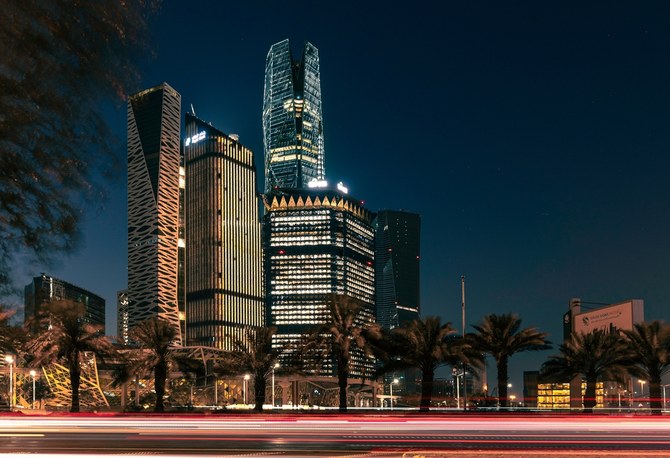RIYADH: The number of small and medium enterprises in Saudi Arabia reached 1.27 million by the end of the third quarter, propelled by the Kingdom’s economic diversification efforts.
According to the report released by the Small and Medium Enterprises General Authority, also known as Monsha’at, this figure represents a 3.5 percent rise compared to the second quarter of this year.
More than 40,000 new businesses were launched in Saudi Arabia during the third quarter, with 43.3 percent of SMEs located in Riyadh.
The report highlighted the notable progress in new business creation in Al-Qassim province, particularly in the mining and agriculture sectors, making it home to nearly 60,000 SMEs and 105 active mining licenses.
“While its mining industry produces 4 million tons of bauxite each year, the only such source in the Middle East, the region’s farmers produce 1.22 million tons of dates, lemons, oranges, grapes, and other agricultural products each year, giving credence to its nickname as the breadbasket of the Kingdom,” stated Monsha’at.
The report highlighted the ongoing role of the private sector in propelling Saudi Arabia’s economy in the third quarter of this year.
Monsha’at reported an 18.8 percent year-on-year increase in private sector investments in SMEs during the third quarter, reaching SR262.7 billion ($70 billion).
“The Kingdom’s robust non-oil growth is a symptom of a rapidly maturing ecosystem whose entrepreneurs are now driving Saudi Arabia’s ambitious diversification targets,” Monsha’at highlighted in the report.
It added that the National Industrial Development and Logistics Program played a significant role in facilitating the entry of more SMEs into the industrial and manufacturing sectors during the third quarter.
In the Kingdom, where over 11,000 factories are now operational, the Ministry of Industry and Mineral Sources issued 136 new industrial licenses in August 2023 alone.
Furthermore, Monsha’at organized Entrepreneurship Week earlier this month at its enterprise support centers in Riyadh, Jeddah, Madinah, and Alkhobar, aiming to bolster the SME ecosystem in the Kingdom.
The specialized forum, as reported by the Saudi Press Agency, highlighted key initiatives and programs supporting the expansion of startups in the market.























